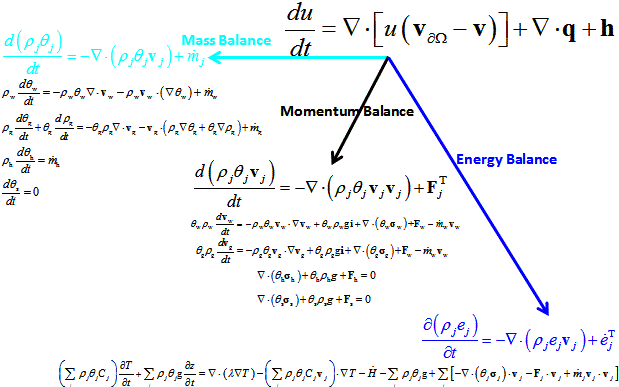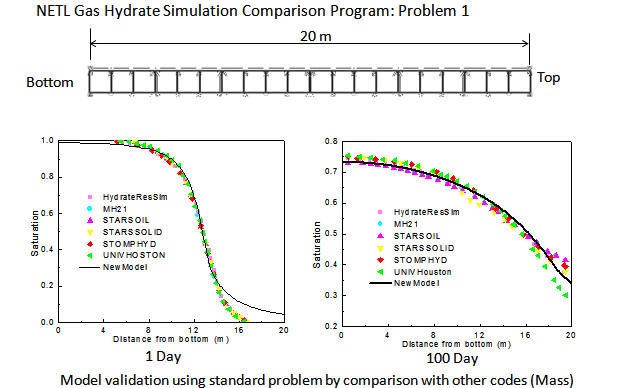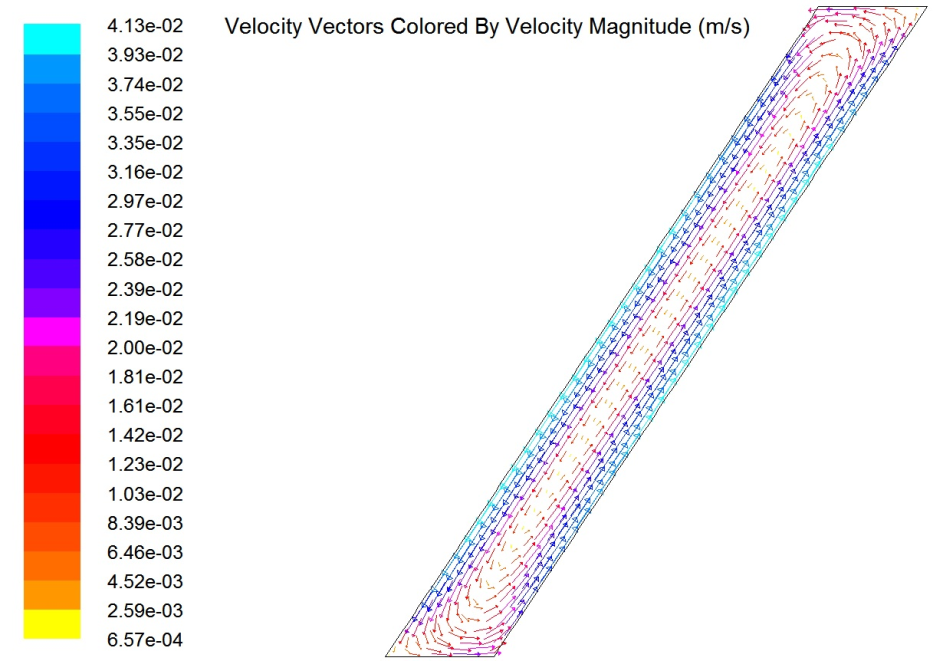Energy Applications
LiuRG's energy explorations target at the energy resources for future. Typical studies are the simulations for gas hydrates, which will possibly be the major energy resource in the second half of this centuray and renewable energies such as geothermal energy and hybrid energy applications.
Thermo-Hydro-Mechanical-Chemical Simulations for Gas Hydrates Dissociation


Low-Enthalpy Geothermal Energy from Minewater
Water in mines has been recognized as a clean and renewable energy resource, which can benefit a great population in mining areas such as the Upper Peninsula. The low-enthalpy energy contained in mine water can be extracted using geothermal heat pumps for house and district heating as well as other uses. Despite a few demonstration projects and some geological and economic investigations, the mechanisms governing the thermal, hydraulic, chemical, geological, and hydrodynamic processes when such a low-enthalpy reservoir is recovered are still far from being well understood. However, a thorough scientific understanding is urgently needed for understanding the underlying physical mechanisms.
This study presents preliminary results on three essential components for understanding the physical processes involved in the geothermal application of water in abandoned mine shafts: field study, theoretical framework, and numerical simulations. The field study yielded measurements of temperatures, electrical conductivity, and chemical concentrations down to a depth of 3000 feet in a mine shaft. The theoretical framework development provided a holistic mathematical description for the coupled physical processes in the mine water-surrounding porous material system. Simulations were conducted to test one critical part of the proposed theoretical framework, whose results shed light on the measured data in the field study. It is the first time that a study was conducted with simulations accompanied by field studies based on real projects and that a comprehensive theoretical work for the mine water-surrounding porous material system is proposed. Serving as the preliminary study and a solid corner stone, this study will be further continued for a scientific understanding to help predicte and improve the efficiency, sustainability, and environmental impacts of the use of mine water as a geothermal resource.

